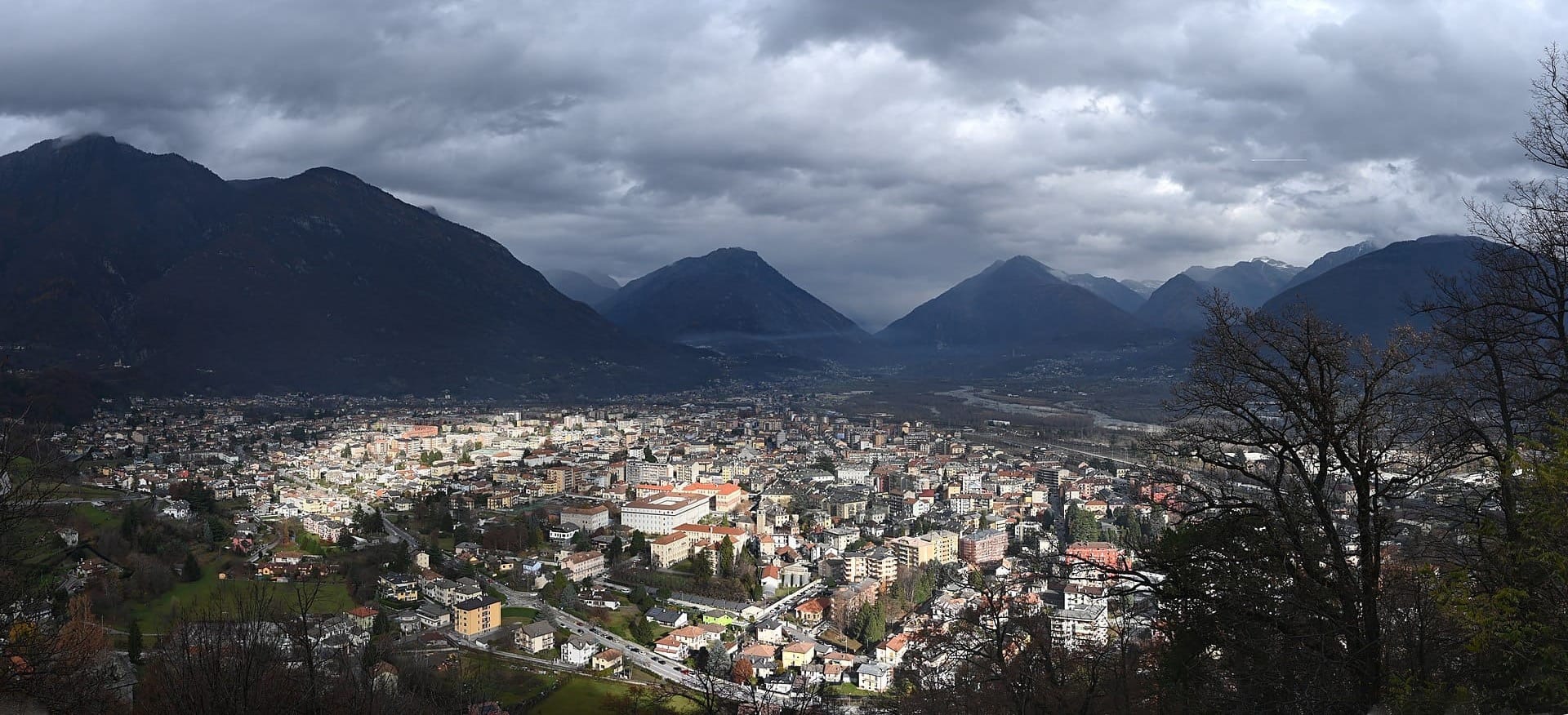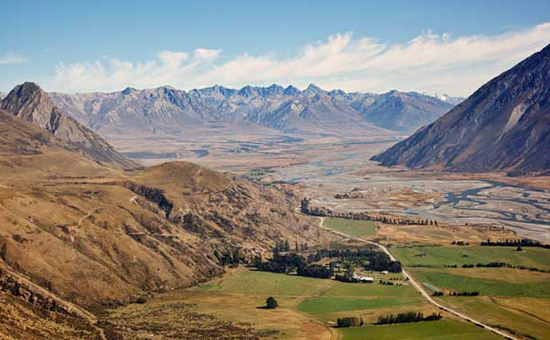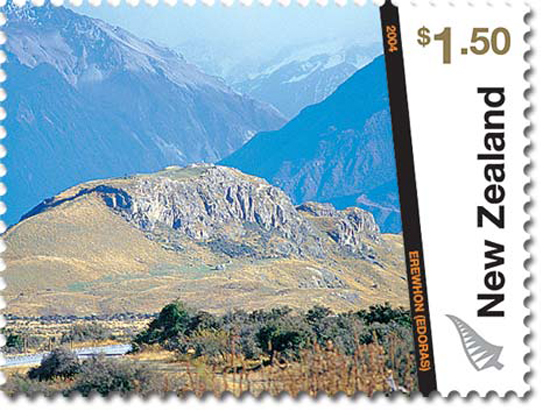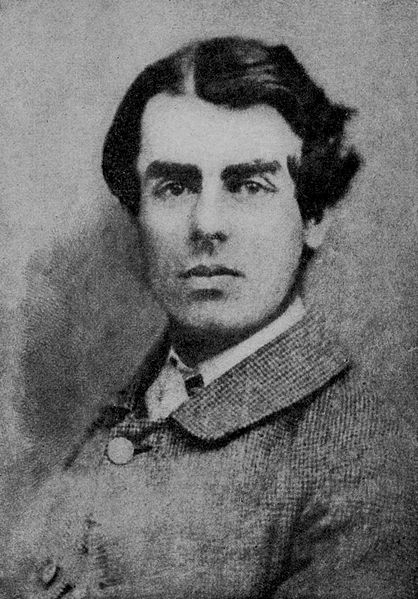Samuel Butler's Erewhon

Erewhon in Samuel Butler’s satiric fantasy of 1872 bears no resemblance to high country New Zealand really, for all the rapt descriptions of thundering rivers, glaciers and rugged peaks on the way there. For one thing, there are many people in Erewhon:
"Both the girls and the men were very dark in colour, but not more so than the South Italians or Spaniards. The men wore no trousers, but were dressed nearly the same as the Arabs whom I have seen in Algeria." He continues, "I will spare the reader any description of the town, and would only bid him think of Domodossola or Faido."
These are alpine towns in Piedmont, Italy, and Ticino, Switzerland, and I have shown Domodossola in the photo above. I find it interesting that later in life Butler was drawn to these areas every year to continue research into northern Italian religious art and architecture from the late 16th and 17th centuries, in the Sacri Monti (Sacred Mountains).

At any rate, he did draw some of his descriptions of the landscape from his days at Mesopotamia Sheep Station between 1860 and 1864. The sheep station still has sheep, deer and cattle and is a tourist destination for hunting, fishing and Lord of the Rings fans. Above is what it looks like today (photo ©Bill Irwin, link).

In The Lord of the Rings films, Edoras was built on Mount Sunday, shown here above the Rangitata River, near Mesopotamia (or Erewhon if you prefer). Below, Samuel Butler himself in 1858, before he emigrated to New Zealand.

